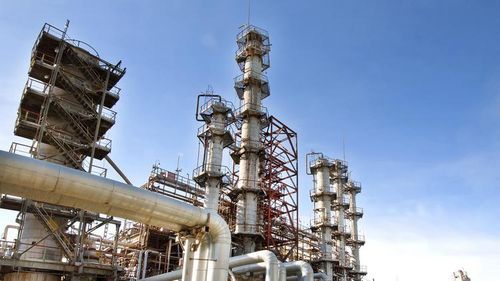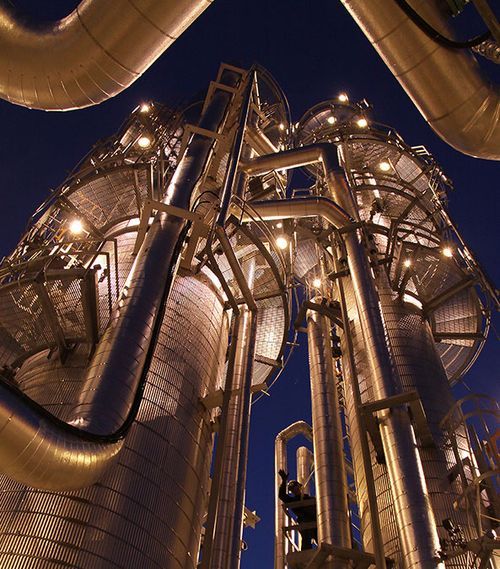Calumet Specialty Products is expecting to close on a monetization of a minority equity stake by early 2024 in its Montana Renewables subsidiary, which is now the largest sustainable aviation fuel producer in North America.
The company has been exploring a monetization, including an IPO, of Montana Renewables with Lazard as an advisor since last year, and would use proceeds to deleverage the parent company. Executives said today they are speaking with bulge bracket banks regarding the timing of a potential IPO or minority stake sale.
“We continue to expect a potential monetization of Montana Renewables to complete the deleveraging of Calumet,” CEO Todd Borgman said in prepared remarks. “For some time we’ve discussed the possibility of a Montana Renewables IPO, private monetization, or even both. We continue to receive clear feedback: that Montana Renewables is a differentiated business, with transformational value potential to Calumet, well in excess of the entire company’s enterprise value.”
Calumet had engaged Lazard last year to conduct a process that culminated in a $250m investment in Montana Renewables from Warburg Pincus in August, 2022. The investment, in the form of a participating preferred equity security, valued Montana Renewables at a pre-commissioning enterprise value of $2.25bn.
The facility began making SAF shipments to Shell as an offtaker earlier this year.
In response to a question, Calumet executives pointed to the enterprise values of publicly traded energy transition companies, noting that Montana Renewables should align with that “at a minimum, if not get a premium for the competitive advantages that we’ve got, due to location, due to advanced pre-treater technology we’ve got, and due to the fact that we’re now North America’s largest SAF producer.”
Calumet’s equity trades at $15.80 per share and a $1.26bn market cap.
The company is evaluating an expansion of its SAF production at Montana Renewables and has purchased a second reactor and applied for a $600m loan from the DOE.







